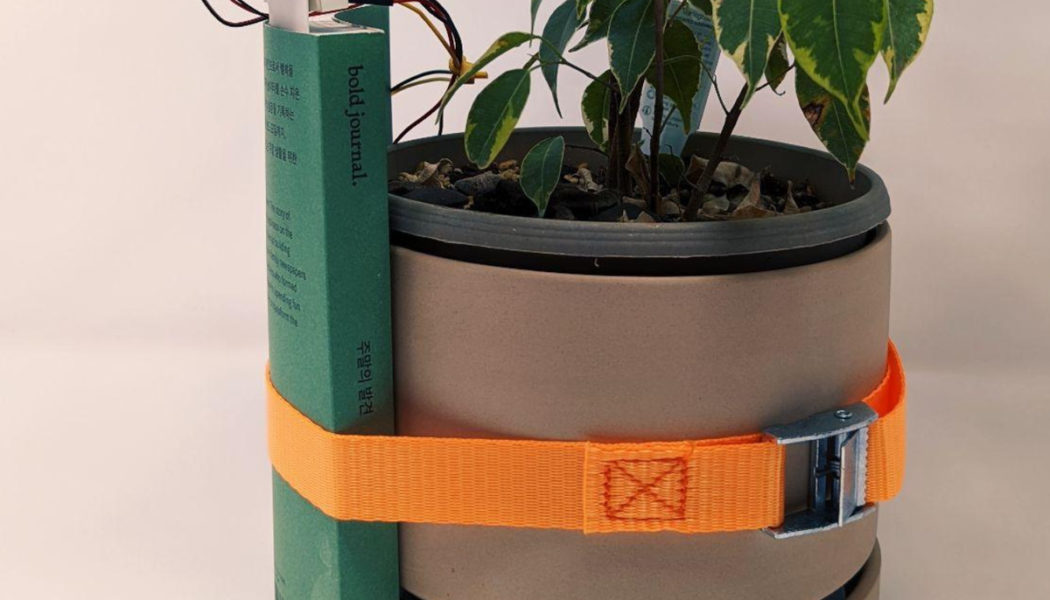Google has shown off a “design study” in ambient computing, with a series of objects that can subtly deliver notifications through taps, gentle breezes, and shifting shadows (shout out to Verge alumn Dieter Bohn for tweeting this to our attention). The company calls the experiment Little Signals and says it’s exploring “calm computing,” or ways of keeping you in the loop without having your phone blare a notification chime and light up a screen.
Google has six objects in the Little Signals collection: the Air, Button, Movement, Rhythm, Shadow, and Tap. It shows off concepts of what the devices could look like in its video (which you can watch above) and explains what they all do on its website, though the descriptions can veer a bit too far into poetry for my liking. For example, the Button supposedly “combines scale and sound to communicate and provide control. The top twists — right for more details, left for less — and grows as it receives information. It plays a tone when full.” I’m… not quite sure what the twisting is about, and the video doesn’t really show it (though someone does bop the Button at the end of the video).
It’s not surprising that Google is playing around with the idea of ambient computing — it’s been talking about the concept for years and adding tiny elements into some of its devices. And while Google’s collaborator for this project calls it a series of “interaction experiments and thought starters,” you can actually make it into something real. Google provides instructions on how to put the electronics and code together to build a fan that tells you about the weather and some hints for how to make the other objects. It even provided 3D files for each object for those who want to figure out how to integrate the electronics themselves. The files can be downloaded as a zip from the Little Signals website.
:no_upscale()/cdn.vox-cdn.com/uploads/chorus_asset/file/23392512/Screen_Shot_2022_04_15_at_10.02.18.png)
I’ll be perfectly honest — with how busy and locked into a computer screen I am when I’m working, a slight breeze just isn’t enough to alert me unless it’s coming from an air horn going off. And my attention has been so shattered by a lifetime of internet that there’s a zero percent chance I’ll notice subtle differences in what kind of shadow something is casting (though that’s arguably the exact problem Google’s trying to bring attention to with this experiment).
With that said, I can think of tiny ways I could use a few of these, especially the one with all the little pegs. If I put it on my nightstand, I could have it tell me if I’d left any of the lights on downstairs before I go to bed and give me a rough approximation of the temperature outside when I wake up. I also think the tap device could be useful as a kitchen timer for tasks where you just need to know when, say, your dough has spent enough time rising or the chicken has been sufficiently marinated.









